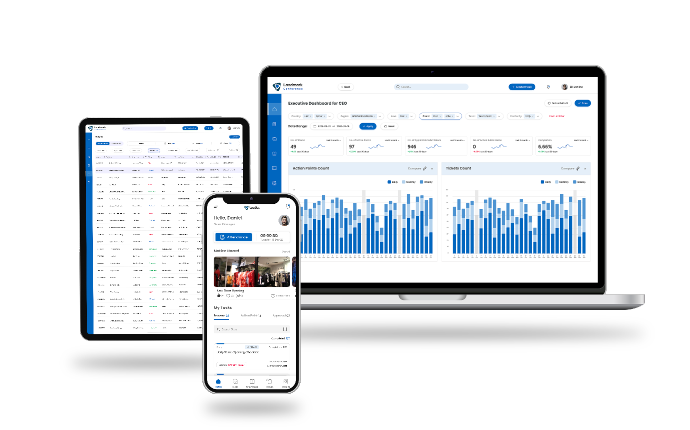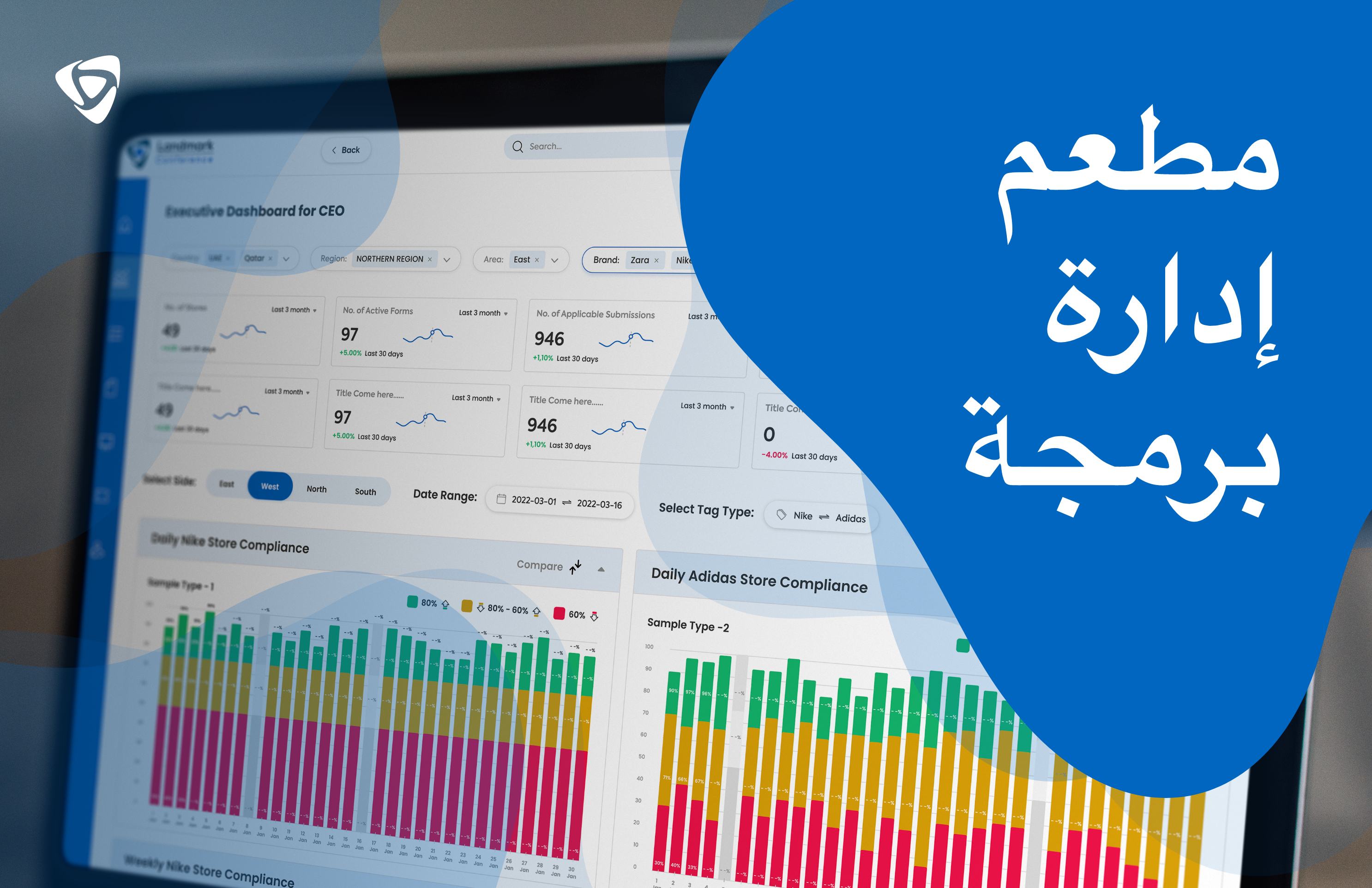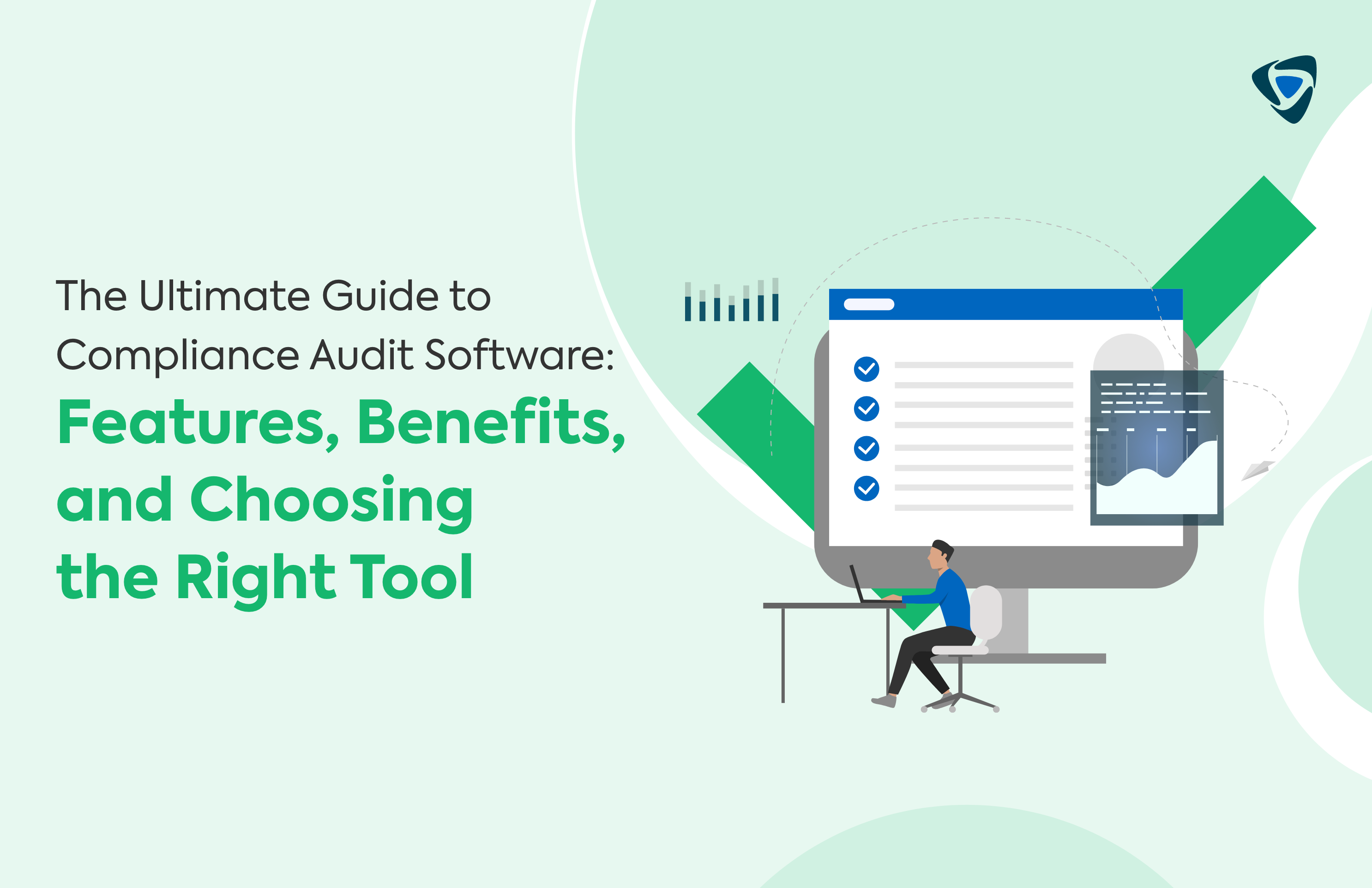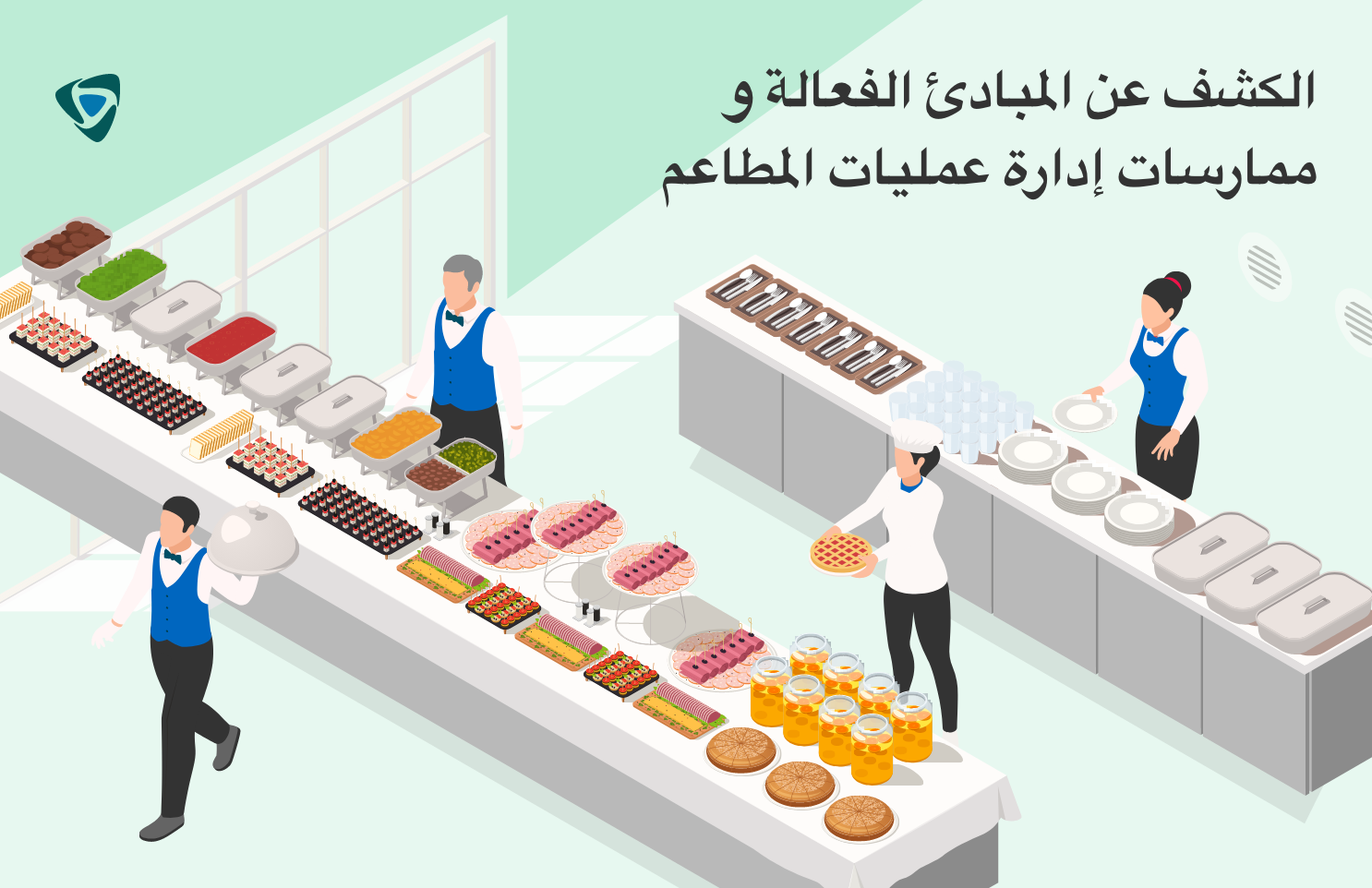Guide
The Ultimate Guide to Task Management for Chain Stores: Strategies, Tools, and Best Practices
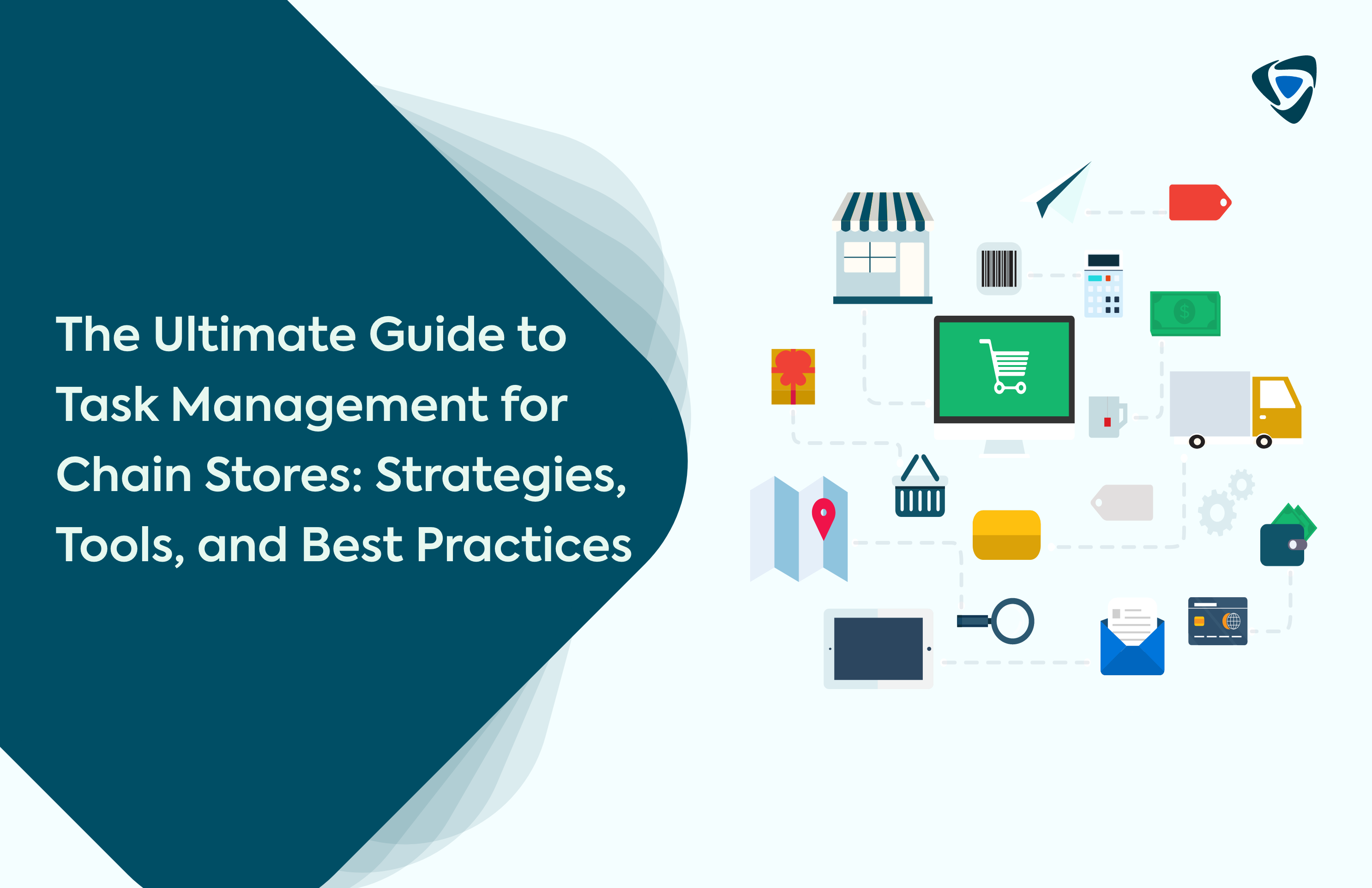
The retail industry is constantly evolving. It is an industry where players are used to fluctuating with market conditions, consumer preferences and behavior, and everything in between to survive and remain profitable, which can be achieved by task management for chain stores. Around 45% of consumers expect their store partners to be able to order products online and offer delivery, as per Acosta Reports.
What shoppers don’t see is what goes on behind the chain store management in retail management. Therefore, they don’t know how busy store managers are planning, coordinating, and executing to ensure a solid customer experience. Retail task management in chain stores helps retailers organize and track projects and tasks. Let’s understand the what, why, and how of retail task management to improve your chain store operations.
Understanding Task Management in Chain Stores
Retail task management is the process of organizing, planning, and monitoring various chain stores’ activities and tasks. The primary objective of retail operations management is the effective and efficient operational management of chain stores.
Retailers can focus on optimizing staff productivity and improving customer service to ensure that chain stores’ availability and presentation are always at consistent standards. Besides, it becomes easy for regional managers to perform their tasks more efficiently if task management strategies are properly implemented. It ensures providing the best services to customers across multiple stores.
What is Task Management in the Context of Chain Stores?
Retail chains deal with coordinating and organizing the tasks across multiple stores as part of operations management. Tasks associated with task management for chain stores include inventory management, staffing, marketing campaigns, and much more.
On the other hand, a single-location task is a simple task that occurs all in one step, such as exchanging out the signage, swapping out all the burnt-out light bulbs from the front of the store, or putting the daily special under the sandwich board out front. These are frequently overlooked or forgotten in the hustle of retail.
Challenges in Task Management for Chain Stores
Retailers struggle to overcome the many challenges of chain stores. Let’s take a look at it:
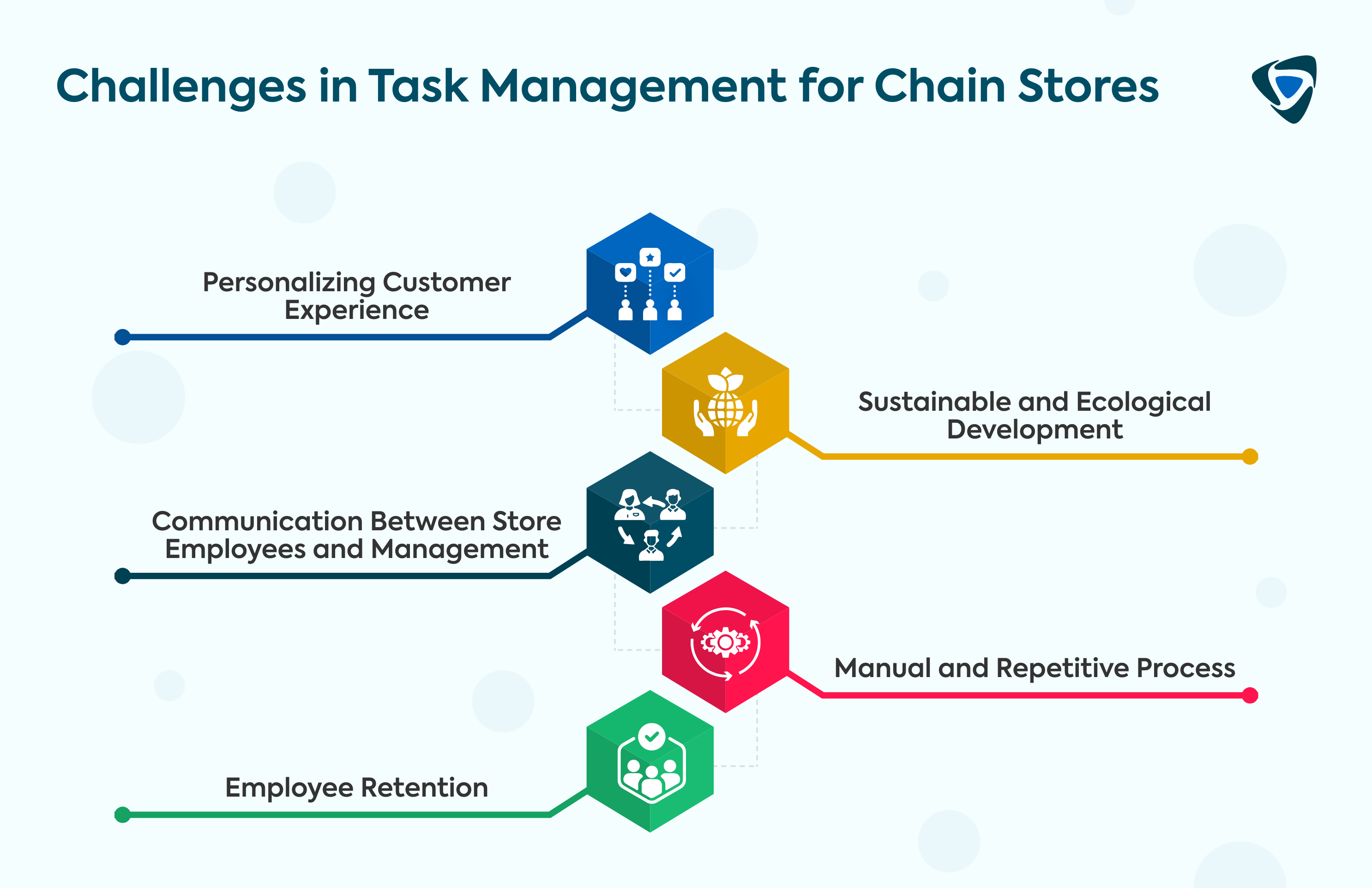
Personalizing Customer Experience
Customer experience personalization is a retail strategy in which firms use their customers’ collected behavior or interaction to change and enhance their strategy, goods and services. Thus, businesses have somewhere to start in improving customer experience.
Sustainable and Ecological Development
The modern generation of customers will always relate to brick-and-mortar stores that use eco-friendly items. It is because awareness of environmental issues is growing. However, businesses must continue to provide services and inform customers about their sustainability efforts.
Communication Between Store Employees and Management
If you don’t provide news and updates to your frontline staff, you won’t be able to observe an improvement in their work. Employers fail to highlight positive roles in the workplace as a result. Thus, it will be harder to draw in and keep talent given the competitive nature of today’s industry.
Manual and Repetitive Process
A reduced staff and less reliable job instructions may result in less productive employees. Performing supply chain inventory management, reporting store operations, and conducting store audits make this issue even more challenging.
Employee Retention
Another important challenge for retailers is improving employee retention. Retail has the highest turnover, and the reasons can be varied, including lack of training, lack of clear career direction, employee motivation, and boring and repetitive tasks.
Strategies for Effective Task Management
Let’s understand some robust strategies to manage the chain stores, keep everything running smoothly, and allow business growth and expansion.
Build and maintain a great team.
Task management starts with building and supporting a great team that can support you in your store and help your business succeed.
Inventory management
In addition to building a team, task management also includes inventory responsibilities. Inventory management includes all the processes that ensure that the right products are on the shelves at all times.
Create data-driven sales goals.
The best way to keep your store on track and well-managed is to set sales goals. It is necessary to be specific with your goals and set daily, weekly, monthly, and yearly goals for yourself and your employees.
Create weekly sales reports.
An important part of setting and tracking sales goals is maintaining weekly sales reports. Weekly sales reports could be helpful if you choose to hire a manager as a store owner and take a step back.
Maintain a Clean and Organized Store.
One of the biggest aspects of task management is keeping the store neat and organized. It means making sure all merchandising and design elements in your store are properly maintained, removing products immediately after use, and implementing cleaning routines to keep everything sanitary.
Team Leading
Part of running a store is defining the work environment and the spirit of the space. Your interaction with customers, store management strategies, and your presentation every day have a huge impact on your employees and their performance.
Launch a marketing and outreach campaign.
An important part of growing your business and profits is retaining existing customers and growing your customer base. Both of these goals are related to good marketing and customer support.
Technology and Tools
Managing employees and workflow has never been easier, as it takes a lot of time and effort. Planning, tracking, and delivering projects promptly creates positive customer experiences and drives better results. As a result, productivity suffers when teams lose control of tasks and deadlines. In these situations, task management software, like Taqtics, can help.
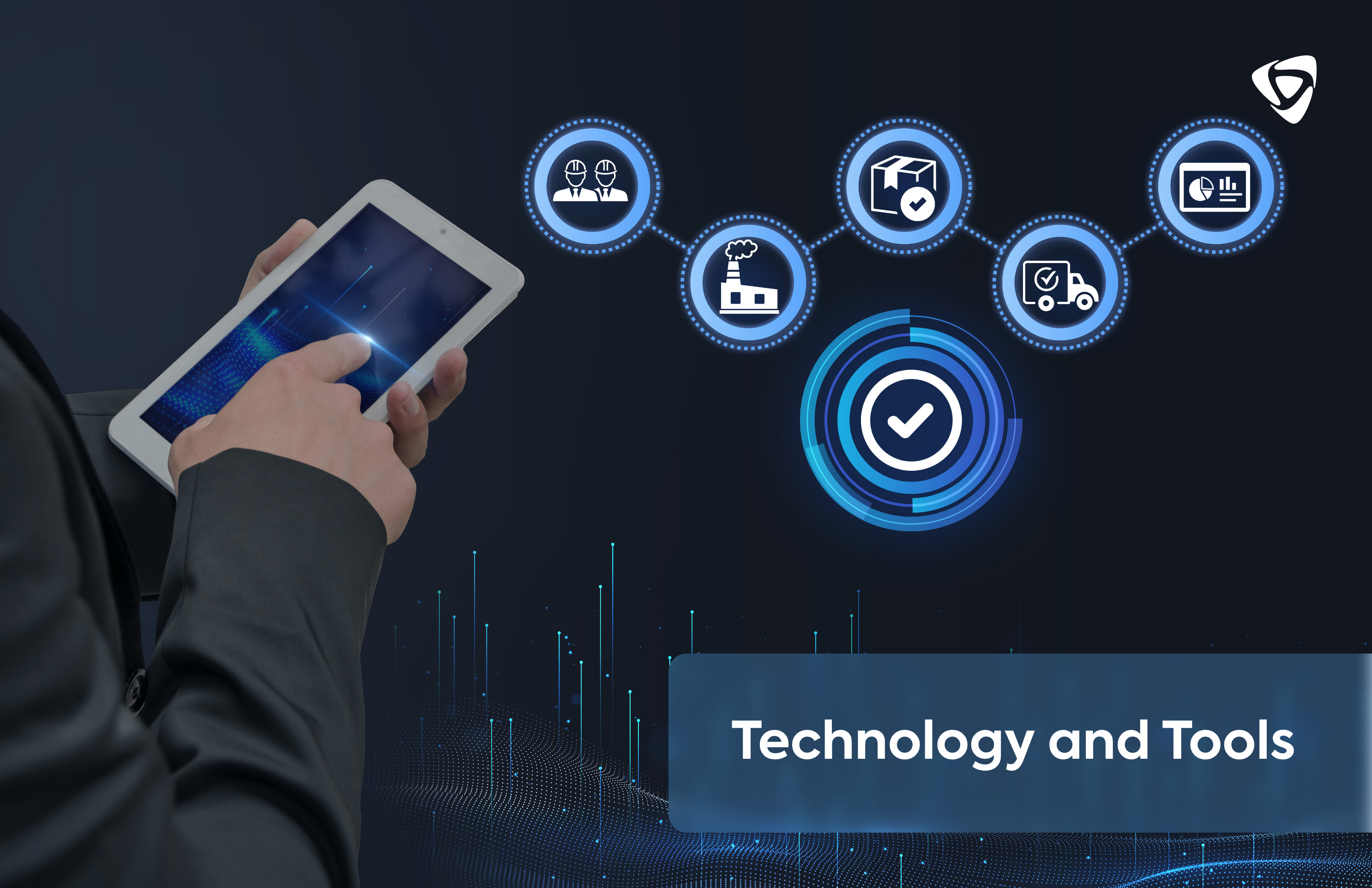
Task management software allows your team to meet schedules while remaining within budget and having the resources they need for success. Enhance task management with pliable solutions that increase efficiency, promote teamwork among staff members as well as overcome limitations in their work.
Taqtics is an all-in-one-stop solution for chain stores seeking task management. By automating and streamlining key processes, Taqtics helps companies to provide consistent in-store customer experience to manage daily operations at different locations effectively.
Training and Staff Involvement
Employee training and involvement is a program which enables employees to acquire specific skills and knowledge that will enable them to perform better in their current organization or position. You can concentrate on expanding your workforce and building future efficiency.
The following are tips for successful time management training for your employees:
- Create management training modules that are aligned with the needs of the organization.
- Through a clear statement of objectives and goals, students should understand what they are expected to know as well as requirements.
- Use images, videos and infographics, among other multimedia components, to make regular training materials more interactive, thereby enhancing employee motivation during learning intervals.
- In order for all staff to benefit from task management training, different approaches towards delivery instruction should be applied using various teaching methods suitable for various learning styles.
- Allowing employees to demonstrate how they can perform tasks in project management acquired from their employer helps them apply the skills effectively at the workplace.
- Effectively managing distractions and prioritization are vital task management skills. It can be achieved by offering training on how to prioritize and concentrate on the relevant tasks and developing tactics to avoid distractions.
Monitoring and Evaluation
Thanks to technology advancements, retailers have more access to insights today. There are various methods in which retailers can improve their performance.
Establishing your business goals, including those related to your team, location, online success, etc., is the first stage in developing retail KPIs. In order for certain metrics to evaluate each plan, you should later develop your strategies for achieving these objectives. KPIs must constantly be used to guide strategies that support the objectives of the company.
The most helpful KPIs to monitor the expansion and success of your retail company are included here:
Sales per square foot
If you have physical retail space, gross sales per square foot is an attractive metric to measure how efficiently you use the space you have. Sales per square meter is a good indicator of store performance and gives you an idea of the store’s layout and products.
Gross margins return on investment (GMROI)
GMROI measures the profit on money invested in product inventory. In practice, this means that for every dollar you spend on inventory, this KPI will tell you how many dollars you’ll get back.
Average transaction value
Average transaction value is a useful KPI that breaks down your sales to see how much customers spend on average in your store for each purchase.
Customer retention
Customer retention is another useful metric to measure growth. This KPI can convert unique customers into repeat customers, a sustainable revenue generator for long-term growth.
Conversion rate
This common KPI provides insight into what converts browsers into customers. Promotions and marketing campaigns can help you get your name out there and attract people to your store, but the only way to grow is to convert those visitors into paying customers.
Foot traffic and digital traffic
Measuring website traffic and visits is a useful indicator of how well users know your brand, how successful your marketing campaigns are, and whether your digital and physical stores are performing well. This KPI can help you improve or create strategies that drive more traffic to your physical locations and website.
Inventory turnover
Your inventory turnover rate lets you see how quickly your inventory is moving. It is a good metric to track over time to understand which inventory items are affected by the seasons.
Wrapping up,
The retail store sector is always changing, and the new trends in chain stores can bring critical changes to the way companies use locational data to make decisions. The emergence of eCommerce, the emphasis on environmental sustainability, and the rise of Buy Online, Pick Up in Store (BOPIS) make companies take into account store locations, inventory management, and marketing programs.
Through tracking retail trends, businesses can use location data to maintain an edge over competitors and change their strategies to cater to the changing needs of the customers.
In the end, chain stores that adopt new retail trends and use location data for better analytics are much more likely to succeed in the fast-paced and ever-changing world. For achieving success in retailing you should use positioning and respond to new trends.
 Schedule A Demo
Schedule A Demo 


